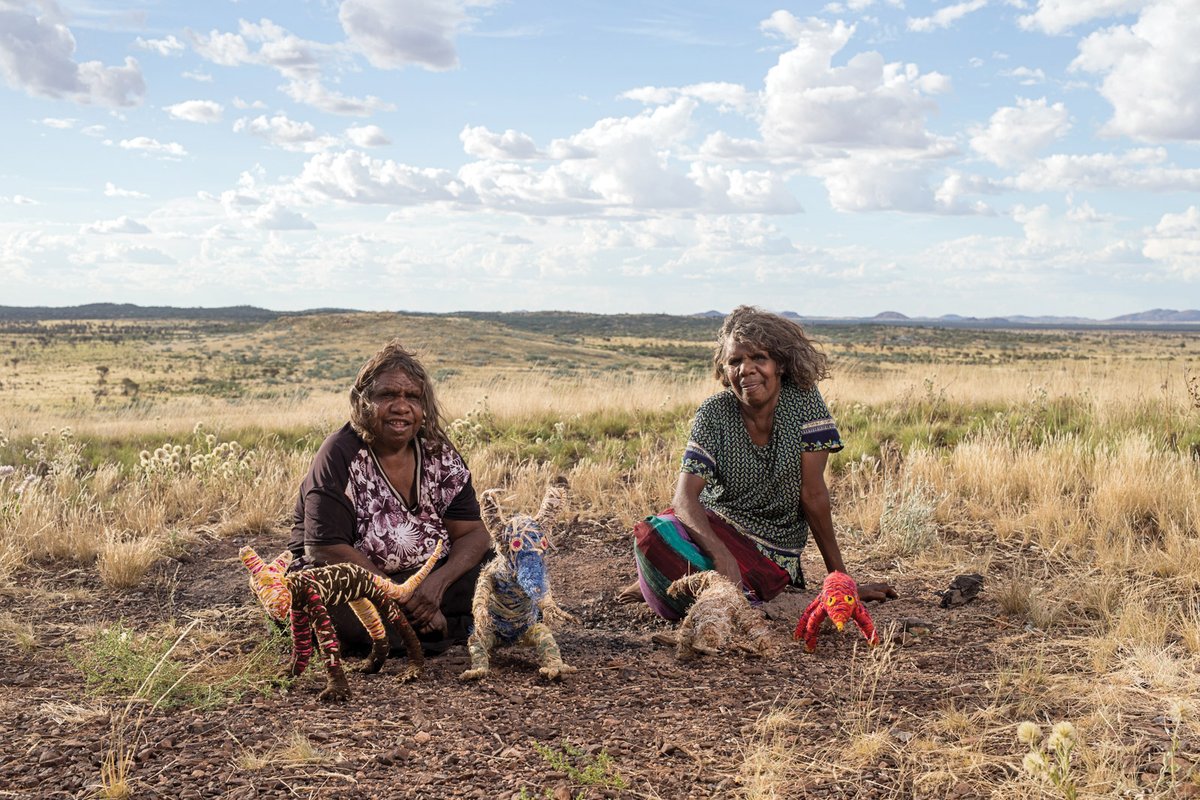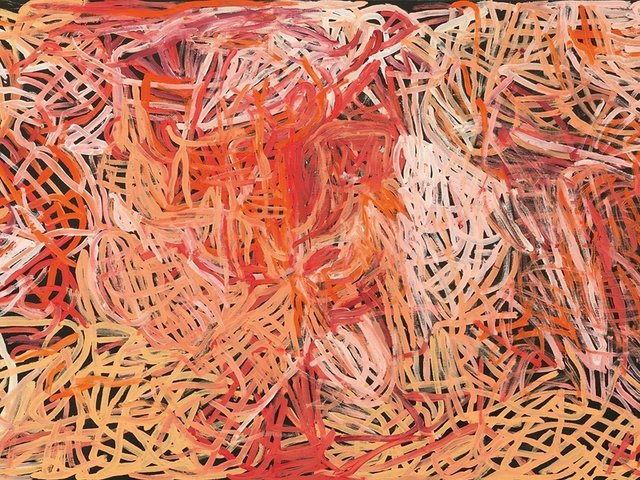The National Gallery of Australia (NGA) marks a pivotal moment in its history this week when it opens a nine-month, two-phase exhibition called Know My Name, with the goal of “upending the assumption that modern and contemporary Australian art is a male-dominated narrative”.
In selecting 400 works by 150 female Australian artists, spanning the period from 1900 to the present day, the flagship Canberra institution joins a global effort by museums to elevate women to their rightful place in art history and in public collections. “I think you can have both gender balance and excellence in the 21st century, and anyone who argues against that isn’t really being serious,” says the NGA director Nick Mitzevich.
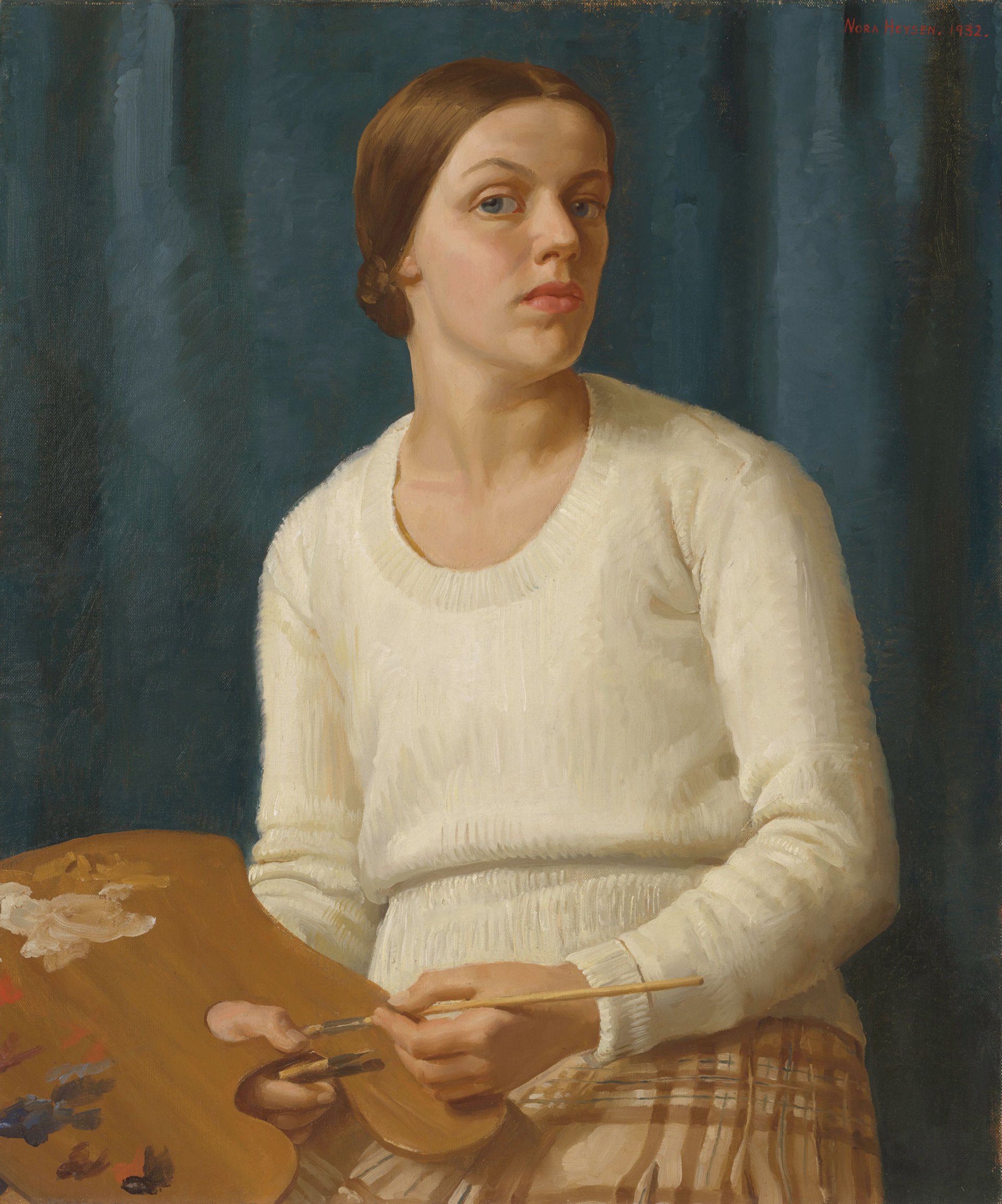
Nora Heysen's Self-portrait (1932) National Gallery of Australia, Masterpieces for the Nation Fund 2011
The exhibition will run for nine months to give audiences, which are down 80% at the NGA, an opportunity to see it. The co-curators Deborah Hart and Elspeth Pitt say the exhibition is organised according to themes such as the connections between women artists across time, and the breaking down of “material hierarchies”.
Among the artists on show are Margaret Worth, who was married to the late abstract painter Sydney Ball. While Ball became well-known during their many years together, Worth did not. Hart recounts that when Worth was approached a few years ago by an art dealer asking if she had any of her 1960s works, she simply opened her shed door and said, “here they all are”. And then, when the dealer exhibited the works, various public collections, including the NGA, snapped them up. Worth told the co-curators that the exhibition title, Know My Name, spoke to her of her own life and experiences. As Pitt explains: “She’s like, ‘No one knew my name when I was with Sydney, but now they might.’”
Other recent NGA acquisitions in the show include a major new commission by the Tjanpi Desert Weavers. This indigenous women’s collective represents more than 400 Anangu/Yarnangu women artists from 26 remote communities on the Ngaanyatjarra Pitjantjatjara Yankunytjatjara (NPY) Lands in the central region of Australia. The Tjanpi weavers made grass figures, which were inspired by the legendary story of the Seven Sisters Dreaming. The works are among many in the exhibition made by Indigenous artists.
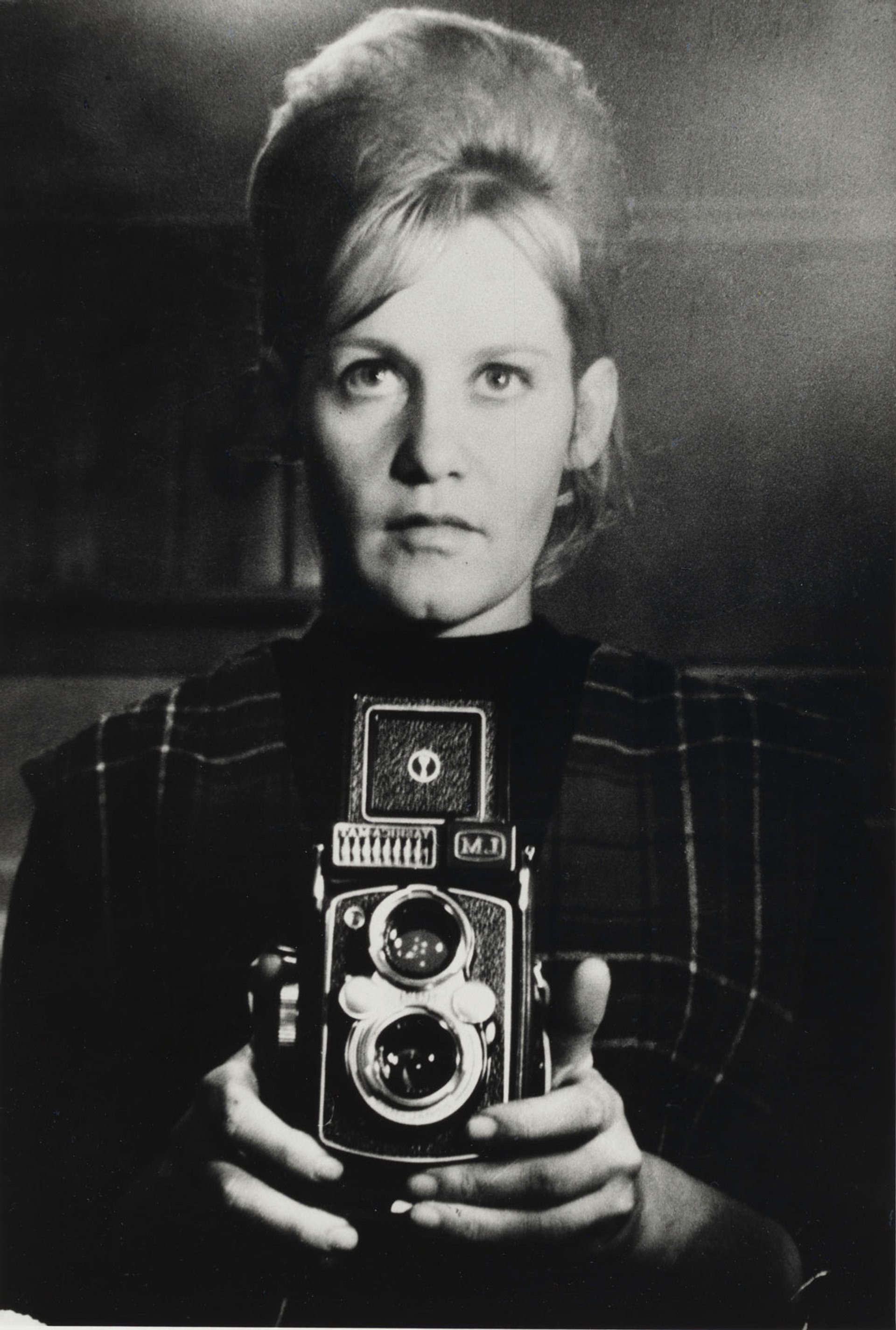
Sue Ford's Self portrait, Brighton, Melbourne (1961) © Sue Ford/Copyright Agency
The exhibition will feature several self-portraits, including some by pioneering artists from the early 20th century, such as the post-Impressionist Grace Cossington Smith and Nora Heysen, the first woman to win the country’s prestigious Archibald Prize and also the first female Australian war artist. Later representations of the self include Sue Ford’s black and white photographs, Yvette Coppersmith’s painting Nude Self Portrait, after Rah Fizelle (2016) and Anastasia Klose’s Film for my Nanna (2006).
Other key works will include the photography series Something More (1989) by Tracey Moffatt, who represented Australia at the Venice Biennale in 2017, and a large watercolour, The Wreckers, by the former tattooist eX De Medici, which depicts smashed cars interspersed with floristry arrangements.
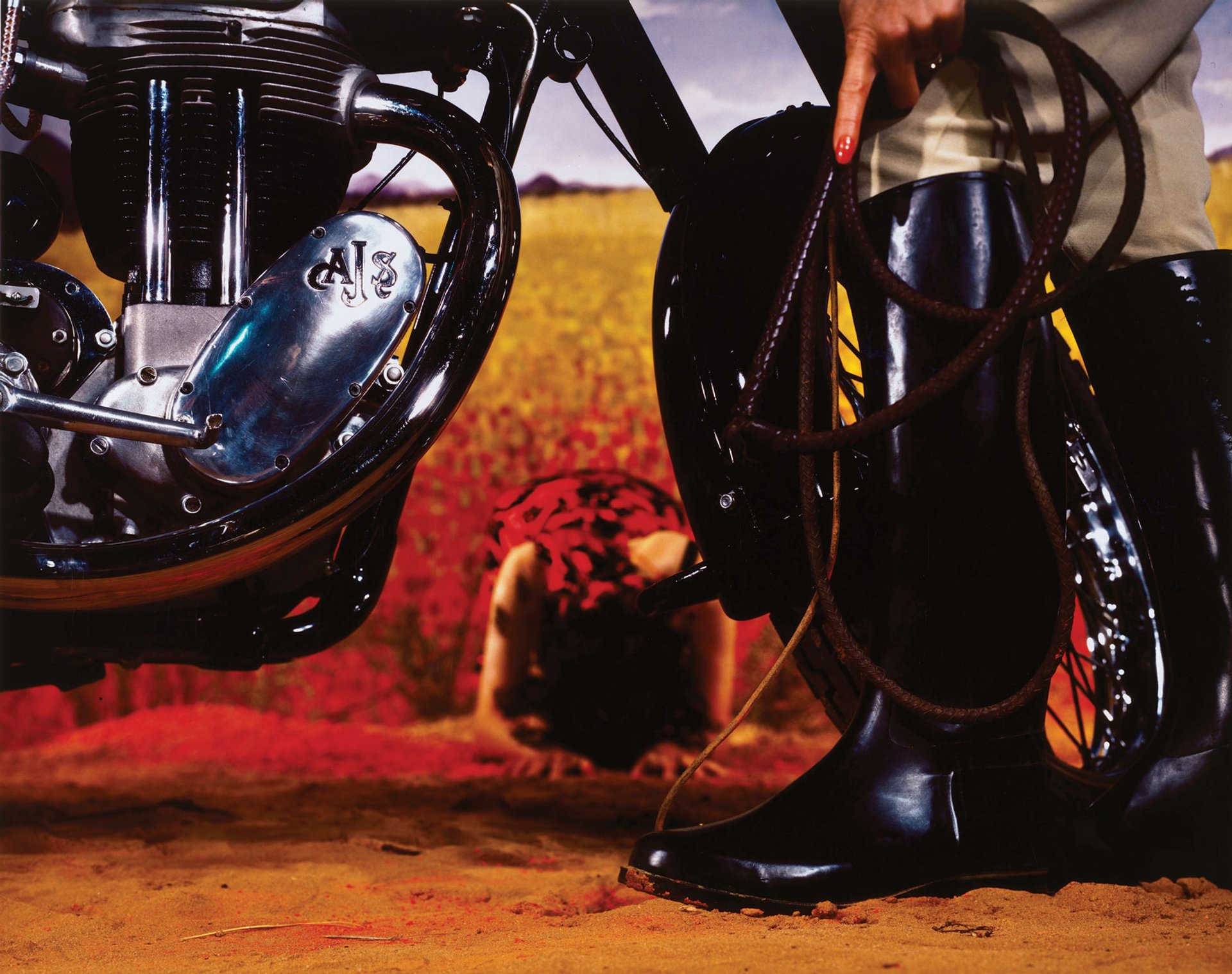
Tracey Moffatt's Something more #8 (1989) Naomi Milgrom AO Art Collection
Hart says she has always been aware that many women have been overlooked in group shows. “We’ve tried to rectify that, but to be able to focus on women over a period of time just makes you realise how incredibly rich the field is,” she says. Before the pandemic curtailed international travel, the co-curators went to Tate Britain’s small all-women display, 60 Years, billed as an “ongoing commitment to increasing the representation of women across its galleries”.
Hart has the same aspirations for Know My Name. “We’re really aware of how much there still is to do, but it is part of an ongoing movement around the world,” she says.
• Know My Name: Australian Women Artists 1900 to Now, National Gallery of Australia, Canberra, 14 November-4 July 2021


